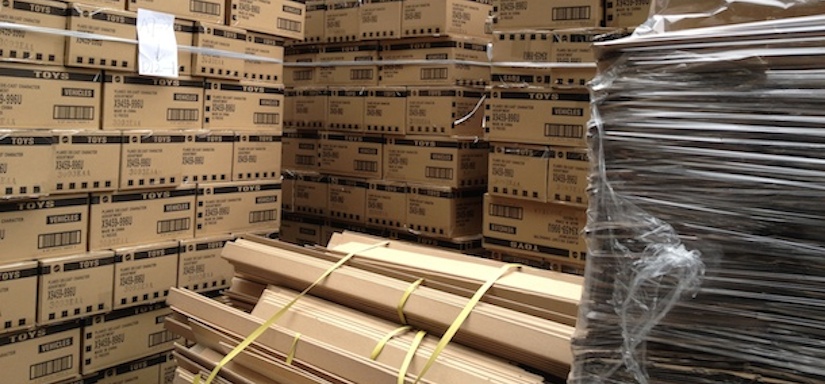The following post is the third in a series of guest posts for GrabCAD.
When a product cost is too expensive, it makes it impossible to grow and sustain your business. We recommend honing in on five key areas, beginning with the easy stuff and moving into the more invasive:
- The Packout: Look at what you’re including with your base model. Do you really need to include all of the accessories? Can some be removed and sold separately?
- The Box: Look at the box/packaging itself, and its percentage of the overall Ex-Factory (XF) cost. Can this cost be reduced, keeping in mind the box’s main purpose it to protect the product and market at retail? If the product is being sold direct from the web, it should be simplified even more so as it won’t need fancy (and expensive) four color printing because the visual marketing is not required.
- Labor and Markup (i.e., factory profit): Are these values in-line with industry norms? Can they be negotiated down while carefully balancing the relationship with the factory? (The factory needs to make a profit in order to want to continue manufacturing the product).
- Follow the Pareto Model: Usually a product cost follows a Pareto model where 80% of the cost is driven by 20% of the components. In the BOM, sort by price, and look at the most expensive components. Can any of these items (usually the electrical components) be reduced through lower cost drop-in alternatives?
- Overall Design: Take a step back and review the overall design. Can metal be changed to plastic without a loss of performance or perceived value? Can you use discrete components rather than a module? This will incur extra NRE and compliance testing charges, but because these are fixed prices, they can be offset with higher volumes.
In all likelihood, once these areas have been reviewed and changes have been implemented, your product cost should be significantly lower.

2 Comments
What you think about subcription model? Like cellphone.
Subscription models are huge and add a whole other layer to what could already be a profitable idea. Keurig is a great example of this. The initial disruption was the coffee maker but they took it to the next level by creating the specialized coffee cups (kcups) to go with the hardware.